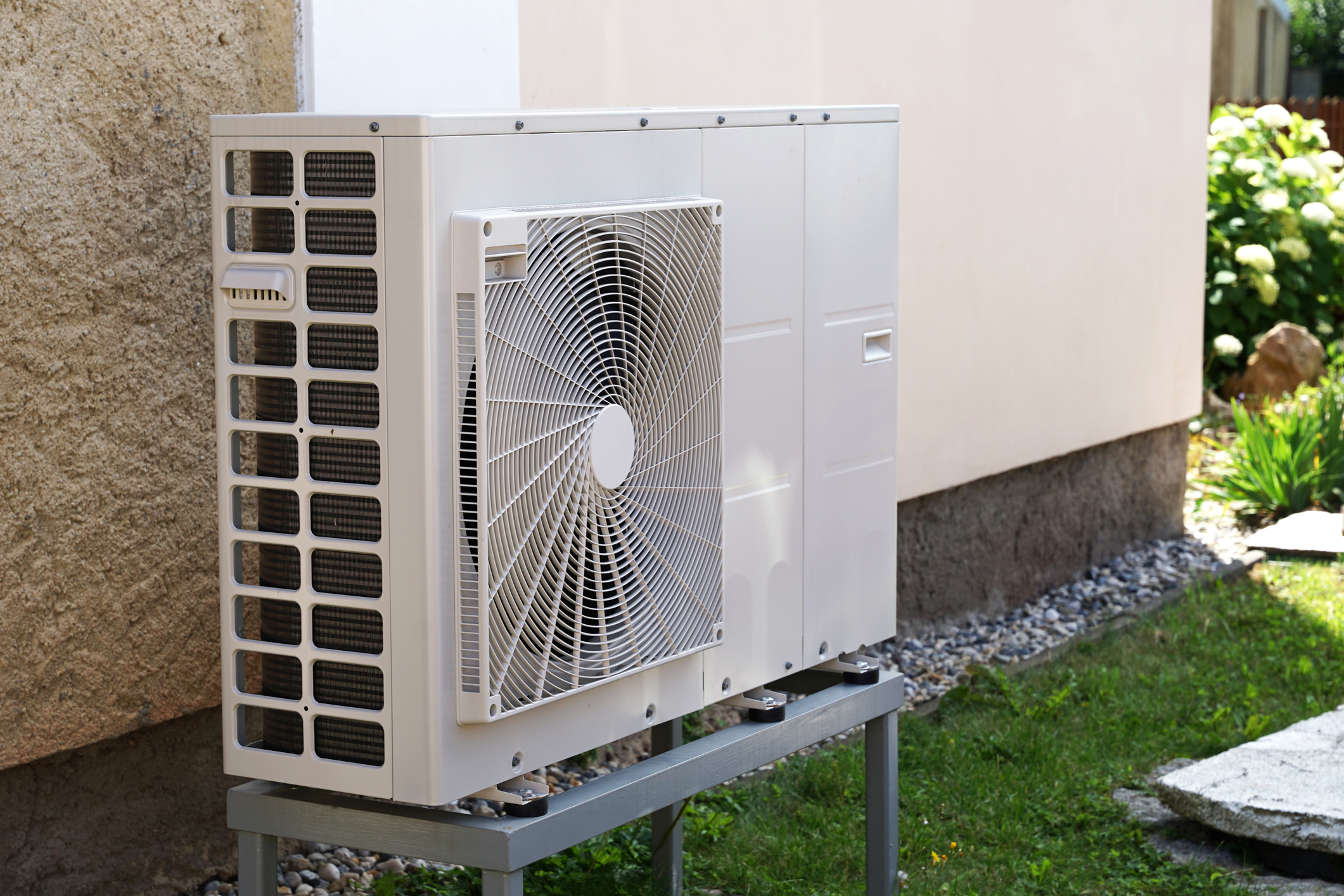Riverview Pool and Electrical Contractors Serving Tampa
As the temperature dips and boating season wraps up, it’s time to get your boat out of the water and onto a boat lift. It’s common to see modern electric boat docks in Tampa-area marinas, but these modern machines owe their history to more than half a century of innovation within the boating industry. Read on to learn more about how boat lifts have changed over time.
1970s and Earlier: Davits
Before electrical boat docks and lifts could be found in Tampa in the 1970s and 1980s, boaters had to lift boats out of the water using a pair of davits, which look like small cranes. Each davit would be connected to a series of eye-holes on the hull of the boat. The boat could then be lifted onto a platform or suspended for periods of time. While davits got the job done, they were often difficult to use, particularly for a single person. Challenges around the practicality of davits for individual boaters sparked new developments in both electrical and manual boat lift options.
1980s: Aluminum Boat Lifts Are Introduced
In the 1980s, galvanized steel was replaced with aluminum boat lifts, which were stronger and more corrosion-resistant than steel. Electrical boat lifts that more closely resemble modern options also became more common. The vertical boat lift, elevator boat lift, and beamless boat lift are other examples of boat lift structures that were made possible because of the introduction of aluminum.
Modern Boat Lifts: Features and Variety
Today, many of the previously discussed types of boat lifts are still in use. However, modern electrical boat docks offer boaters a number of new features and technologies not previously available. High power motors can easily move large yachts with the push of a remote button. New advancements in lighting and electrical technology have also made docks and lift safer and easier to use. Personal watercraft lifts are also found more commonly in Tampa area docks to accommodate smaller vehicles using the same principles as boat lifts.





